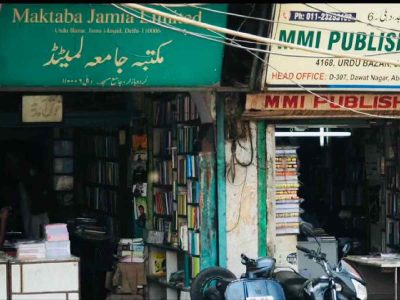“Priyanka (20) and Mahi (16) came into our lives in 2014 in Allahabad, where we realised there was no school for special kids. Only when we came to Delhi, we got to know of Tamana,” exclaimed Chief Justice of India, Dr Dhananjaya Y Chandrachud.
He already had two sons, but decided to adopt two handicapped girls with wife Kalpana Das.
He admits that Tamana “serves as guide to our conscience and was born as a beacon of hope for people with disabilities”.
The Supreme Court is also striving to help people with disabilities and this can only be done through inclusive policies.
“We need people to care and empathise. Remember the film Wonder, a special boy who went to school. Tamana is like that,” he added.
“Extraordinary events are where stereotypes are dismantled, and inclusivity is the new normal. We must offer equal opportunities to one and all. We can drive positive changes in society where everyone can thrive,” he said while speaking at a function that marked 40 years of NGO Tamana.
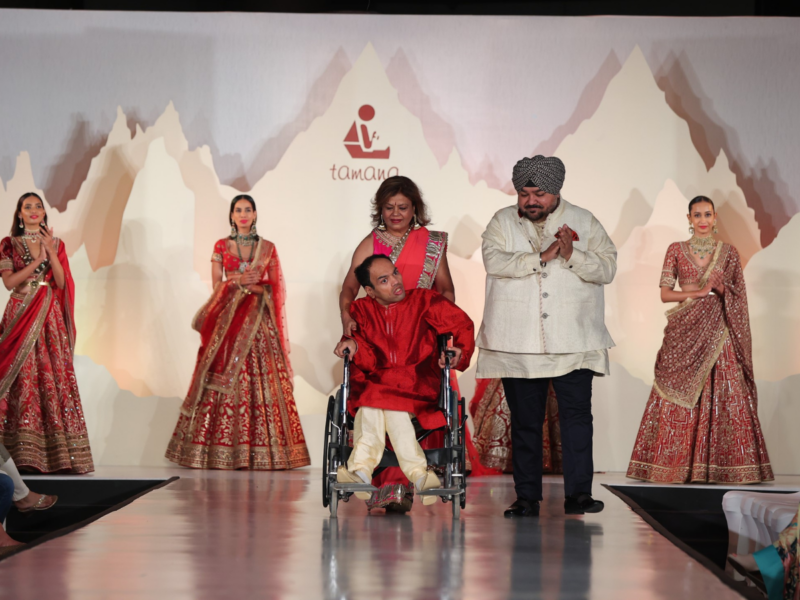
Fashion and the specially abled have found a common ground only due to the efforts of Dr Shayama Chona, former principal of DPS School, R K Puram, and founder of Tamana.
The NGO was established in 1984 after her daughter Tamana was born with Cerebral Palsy and its first centre, Tamana Special Education Centre, was inaugurated by the late Lady Diana, Princess of Wales in 1992.
It was set up to provide rehabilitative services to differently abled children between the age group of 6-18 years. Now Tamana has two more centres – the Tamana Skill Development, NIOS Centre and Hostel, which is a vocational centre catering to adults, and the Autism Centre. The Autism Centre was inaugurated in 2003 by the former President of India, late APJ Abdul Kalam.
“My daughter Tamana turns 54 in January next year. It has been a challenging journey. Tamana’s background with an educated mother and motivating family and kin is very different from other challenged kids, who may not have the same kind of background and support system financially and otherwise,” said Shyama Chona at the event.
She reiterated that much needs to be done about special kids.
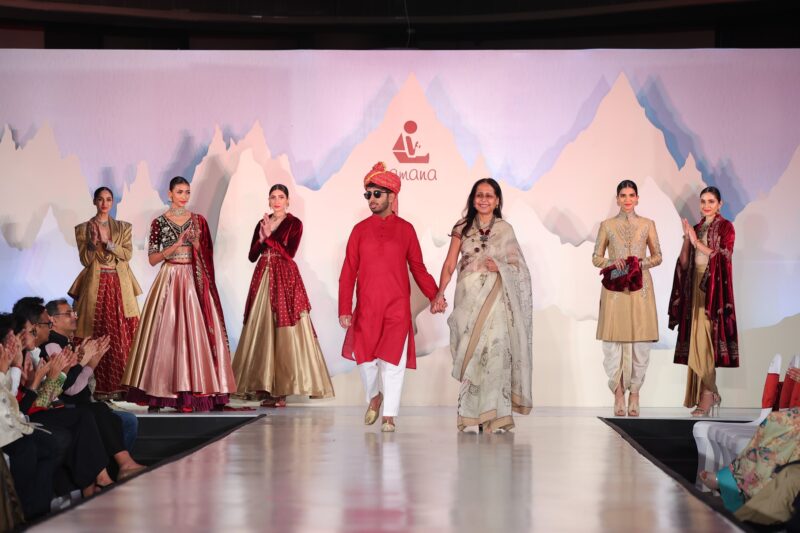
She feels her daughter, who teaches at DPS, can’t perform as well as other teachers, so she visits the counsellor to ensure that her feelings and emotions are looked after in a way she understands.
“The journey does commensurate with Tamana, my daughter and the organisation. I have seen great progress in both. We have been able to influence at societal and national level, even parental level. Tamana now speaks for the cause. She has also written a book “I am Tamana”, co-authored by Aditi Mehrotra. We have Rubaina Juneja, the CEO of our organisation who is striving for inclusivity.”
Tamana has been able to support thousands of disabled people through therapeutic intervention, special education, and skill development.
The Fashion Design Council of India (FDCI) has been associated with Tamana, since its Chairman Sunil Sethi believes every child must get an equal playing field.
For the past many years, Sethi has been self-lessly organising fashion shows and dressing specially abled kids. This year too, eight designers paid homage to their grit despite adversity.
“We have had a long and meaningful association with Tamana and also Mrs Chona and every year we have new designers from FDCI participating in their annual fashion show where they walk hand-in hand with specially abled kids to show solidarity with the cause,” says Sethi, who was also awarded for his contribution to a good cause.
Designer Ashish Soni says, “It always feels heart-warming to work on the Tamana show as it celebrates the specially abled. I truly feel that Dr Shyama Chona’s endeavours over the past 40 years are exemplary. Fashion is a great platform to genuinely promote inclusivity and, in this year’s ‘inclusion walk’ I could sense the joy the children were feeling, knowing they were being celebrated. Kudos to the FDCI, the organisers and the community for their efforts and support in encouraging the children.”
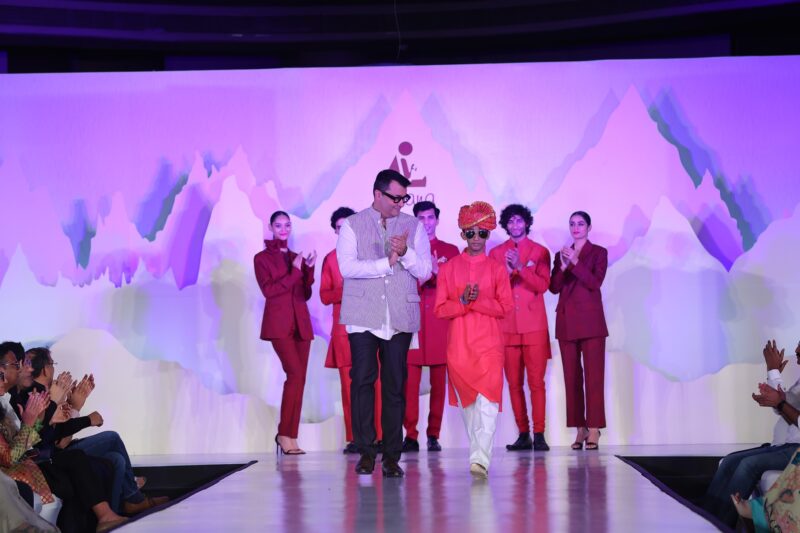
Designer Payal Jain admits her journey working with Tamana and specially abled children started nearly three decades ago when she had just returned from school and started her career in fashion.
“The very first solo show I did was an effort to raise funds for Tamana special school, during which I spent many months getting an understanding of the needs of kids of all ages with special abilities. This had a huge impact on my life and the trajectory of my career took a turn that may never have happened had it not been for this very special experience.”
After designing ensembles for these beautiful children with sensitivity and awareness, keeping their comfort and ease as paramount, Payal went on to create many collections and many more shows through the years.
“The joy and enthusiasm I saw in each of them to walk the ramp was deeply gratifying. I believe fashion provides a platform and continues to bring them immense confidence. I believe ease and comfort need to be kept in sight while designing any ensemble for specially abled children. Ease to slip in and out of the dress, no hard material or metal details which may hurt them, and simple silhouettes to provide grace and modesty. Colours too need to be kept in mind to provide calmness and comfort to children,” she admits.
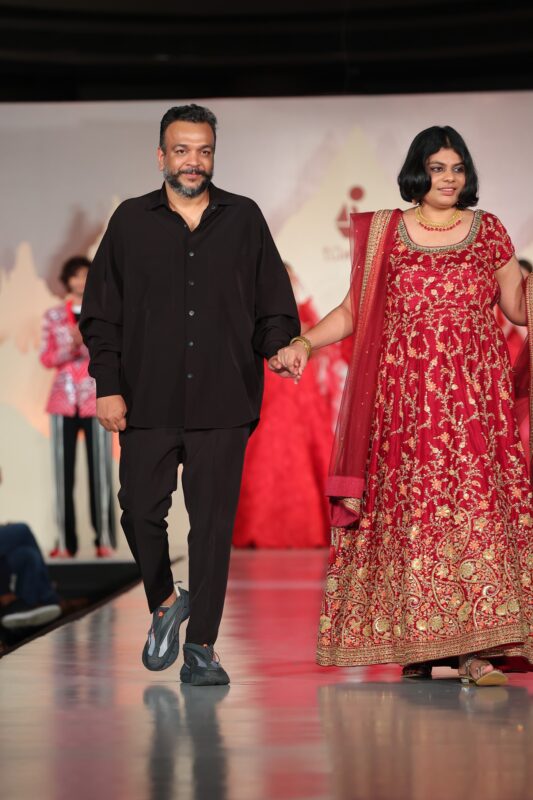
Designer Anju Modi who, through the medium of clothing, made these children feel loved admits that it was an emotional experience.
“They are a blessing and gift. They teach us how to love without expectations. They are embodiments of pure love and getting an opportunity to work with them was meaningful,” she adds.
Designing for specially abled involves working around wearability of garment, keeping in mind their requirements.
“Excessive use of Velcro, detachable sleeves, elasticated bottoms, design according to disability. Sometimes they are unable to walk and are in a wheelchair, so we should not give them too much fabric on the feet as it may get entangled in wheels and may be risky. They need comfortable clothing, something that feels soft on the skin and ensures mobility. We avoid too much embroidery, but do not scrimp on the usage of colour, or happy prints,” she says.




